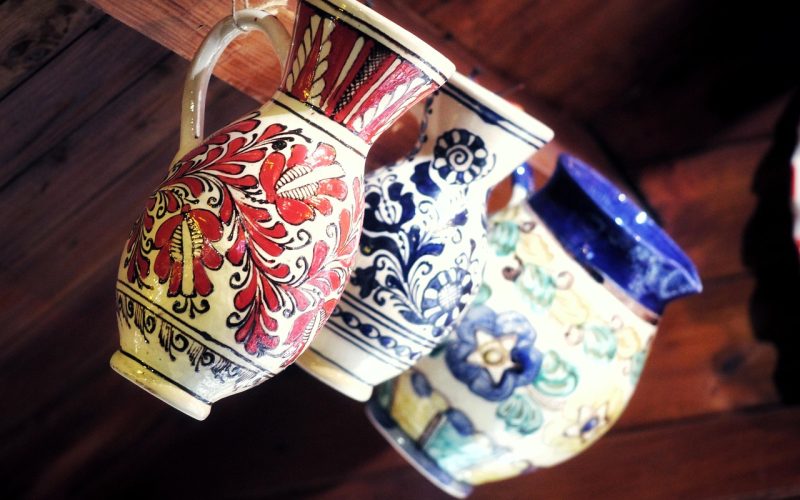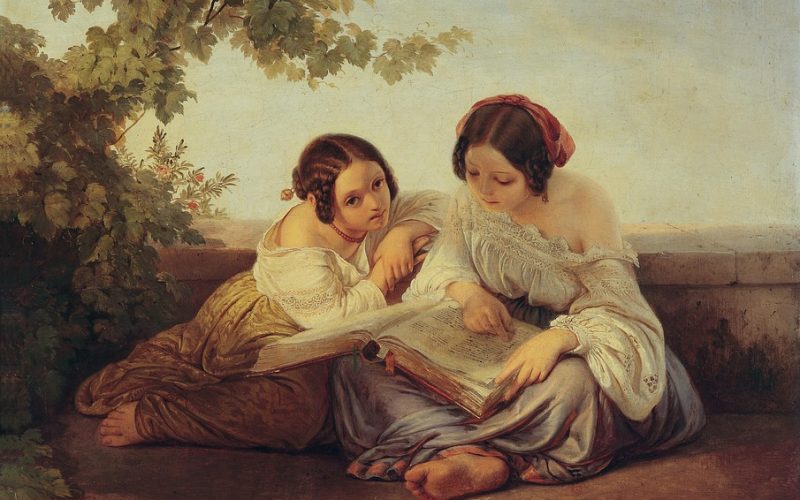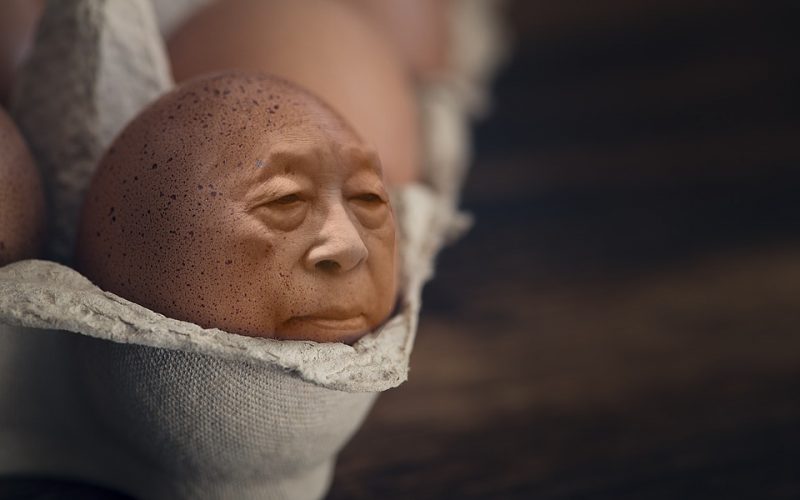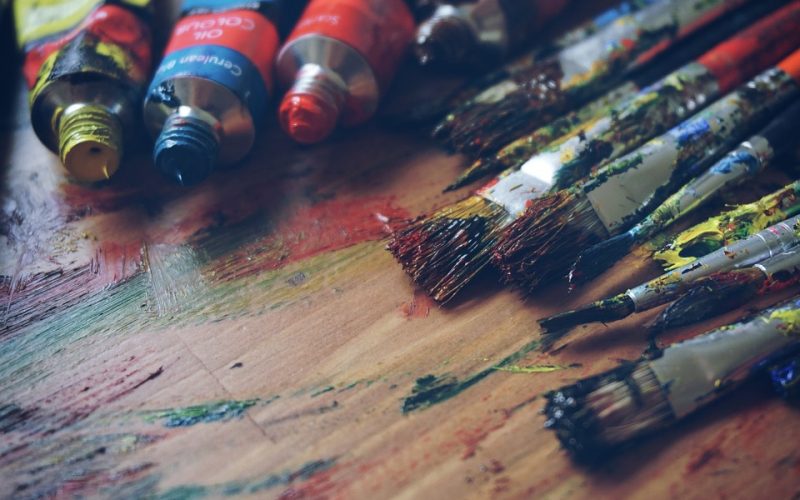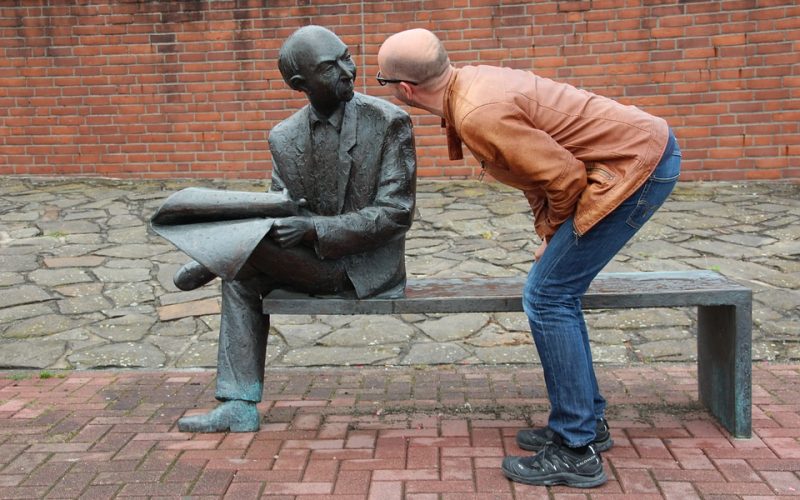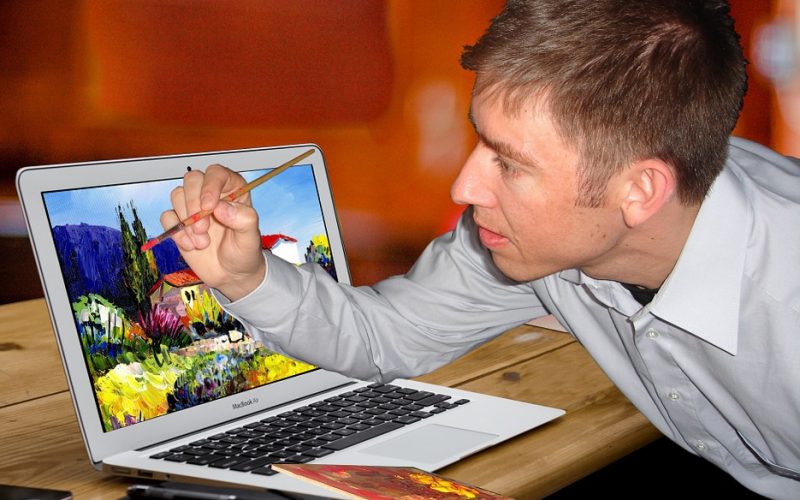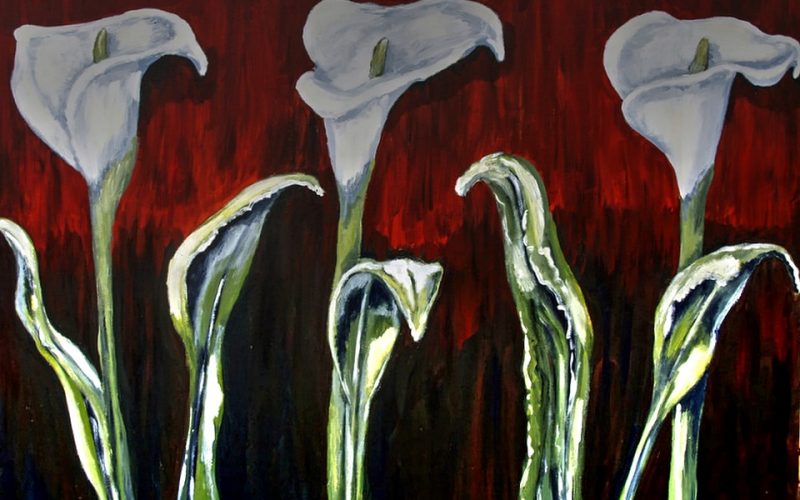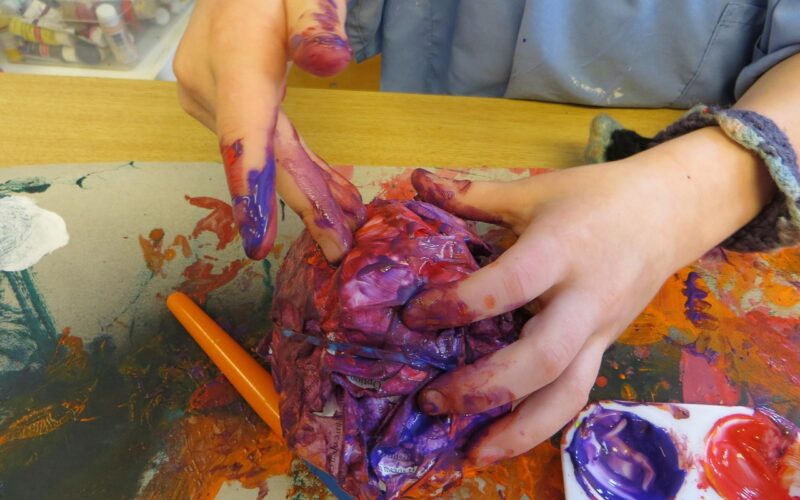Evolution of Ceramic and Glass Art Decoration
Decorative art has long played an essential role in adding beauty, character, and cultural expression to ordinary objects. When we consider the craftsmanship behind ceramic and glass art, we uncover a rich history of innovation and creativity that spans centuries. The evolution of decorative techniques, such as ceramic decals and glass transfers, has allowed these mediums to flourish and adapt to changing stylistic and functional demands.
The early roots of ceramic decoration
Ceramic art has ancient origins, with the earliest known ceramics dating back roughly 10,000 years. Early potters used rudimentary methods to decorate their creations, including incising designs, painting with natural pigments, and impressing patterns using organic materials like leaves and textiles. By the time of ancient civilisations, such as the Egyptians and Mesopotamians, ceramic decoration had become highly sophisticated. Techniques like glazing and the use of tin-based glazes introduced colour and shine to pottery surfaces.
During the Ming Dynasty in China (1368–1644), ceramic decoration reached a pinnacle of artistry. The iconic blue-and-white porcelain wares, featuring intricate floral and geometric patterns, were crafted using cobalt oxide underglazes. These techniques weren’t limited to aesthetics; they also reflected cultural symbols and narratives, showcasing the potter's mastery of both art and storytelling.
Advancing decoration technologies in ceramics
The Industrial Revolution in the 18th and 19th centuries brought significant advancements in ceramic decoration techniques. The advent of ceramic decals allowed designs to be mass-produced, revolutionising the pottery industry. Ceramic decals are essentially decorative designs printed onto special transfer paper, which are then applied to fired ceramic surfaces and sealed with a subsequent firing. This method allowed for intricate and uniform decoration on items ranging from tableware to tiles.
Throughout the 20th century, the refinement of decal technology enhanced both quality and versatility. Contemporary ceramic artists and manufacturers now use digital printing technology to create decals with high-resolution details and vibrant colours. These advancements have enabled large-scale production without compromising artistic intricacy.
The historical development of glass decoration
Glass decoration, like ceramics, has a captivating history dating back thousands of years. Early examples of decorated glass, such as ancient Egyptian and Roman glassware, often included colourful inlays, cuts, and etched designs. The Romans were particularly adept at shaping and decorating glass, employing techniques like cameo glass and millefiori to achieve stunning visual effects.
The Victorian era ushered in a "golden age" for decorative glassmaking in Western Europe. Techniques such as acid etching, enamelling, and gilding were used to create elaborate and ornate glassware highly sought after by the wealthy. During this period, glass artisans experimented with innovative methods to enhance both aesthetics and functionality, laying the foundation for modern practices.
The rise of glass transfers
Modern glassmaking has experienced its own revolutionary leap with the introduction of glass transfers. This process involves printing intricate designs onto transfer paper, much like ceramic decals, which are then transferred onto glass surfaces using heat or pressure. Glass transfers offer unmatched precision, making them popular tools for custom branding, creative bottle designs, and architectural artworks.
One of the benefits of glass transfers lies in their versatility. They can be applied to a range of surfaces, from flat panes to curved glass bottles, and are highly durable, ensuring designs remain vibrant over time. This innovation exemplifies how technology continues to expand the artistic and commercial potential of glassmaking.
Bridging tradition and innovation
Both ceramic decals and glass transfers represent the ongoing merger of traditional artistry and modern innovation. While ancient artisans relied on manual techniques to achieve decorative effects, contemporary creators benefit from cutting-edge tools that make these processes more efficient and accessible. Yet, despite these advancements, the essence of craftsmanship remains integral to these decorative arts; every piece carries with it the spirit of the artist.
As decoration techniques continue to evolve, they bring countless opportunities for collaboration between artisans and manufacturers. Whether it’s bespoke dinnerware decorated with ceramic decals or luxury perfume bottles adorned with glass transfers, these methods ensure that decorative art remains at the forefront of functional beauty.
The enduring appeal of decorated ceramics and glass
The rich history of ceramic and glass decorative arts underscores how deeply these materials are embedded in our culture and daily lives. From ancient pottery to contemporary custom glassware, innovation has continually pushed the boundaries of what is possible, ensuring these crafts remain relevant and revered.
For collectors, designers, and artisans alike, ceramic decals and glass transfers represent not only the latest chapter in this long history but also a gateway to endless creative possibilities. The evolution of these techniques highlights a shared human desire to turn everyday objects into something extraordinary, marrying form and function with timeless artistic expression.
